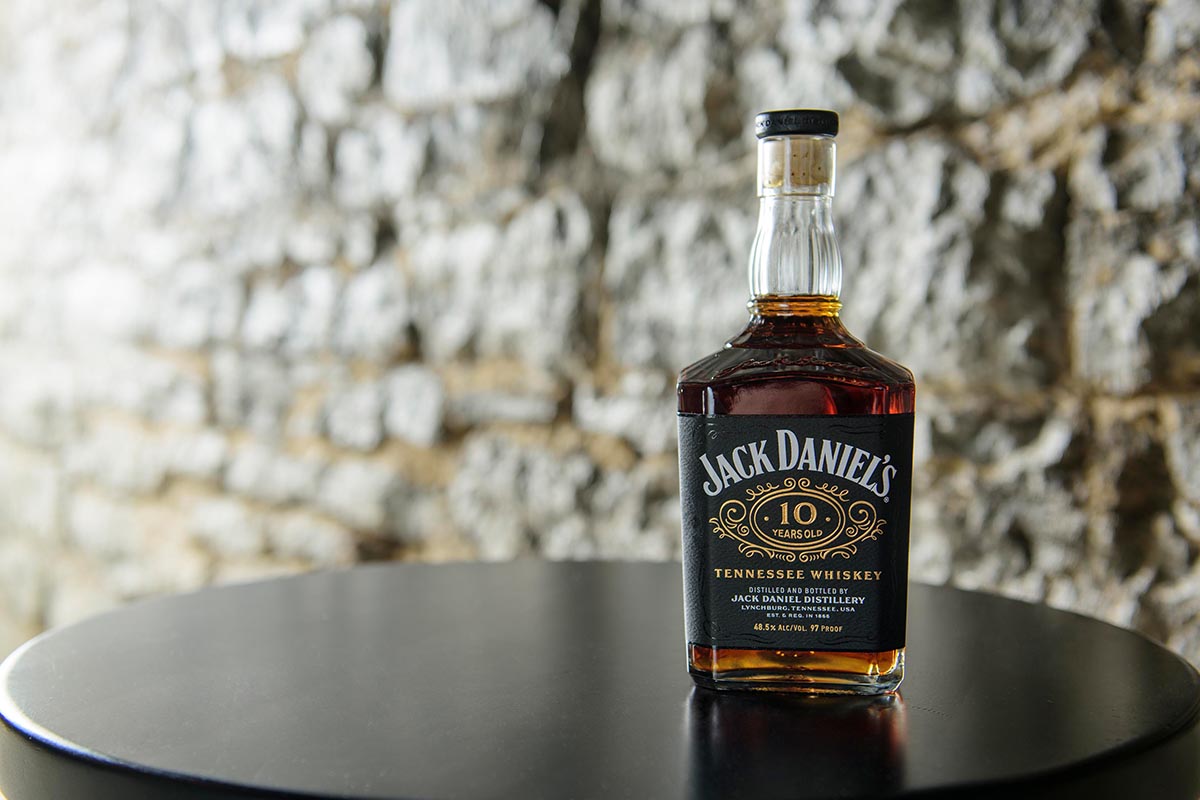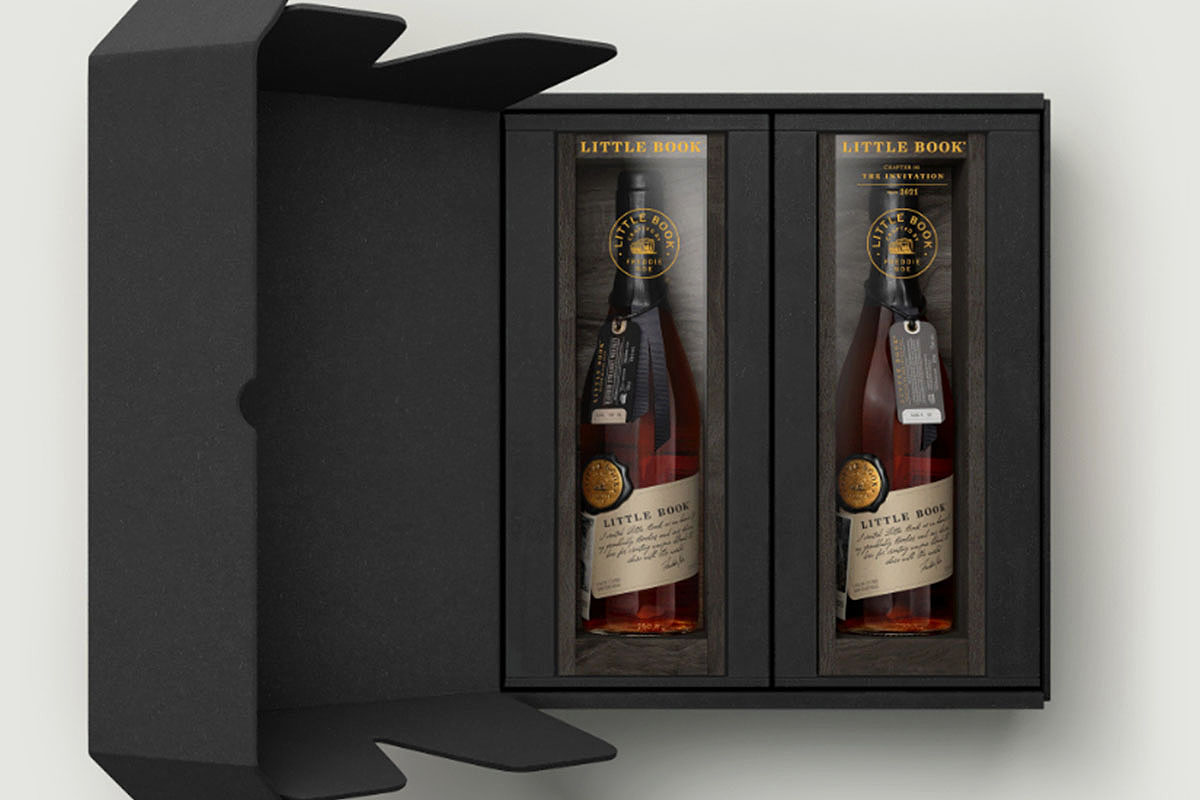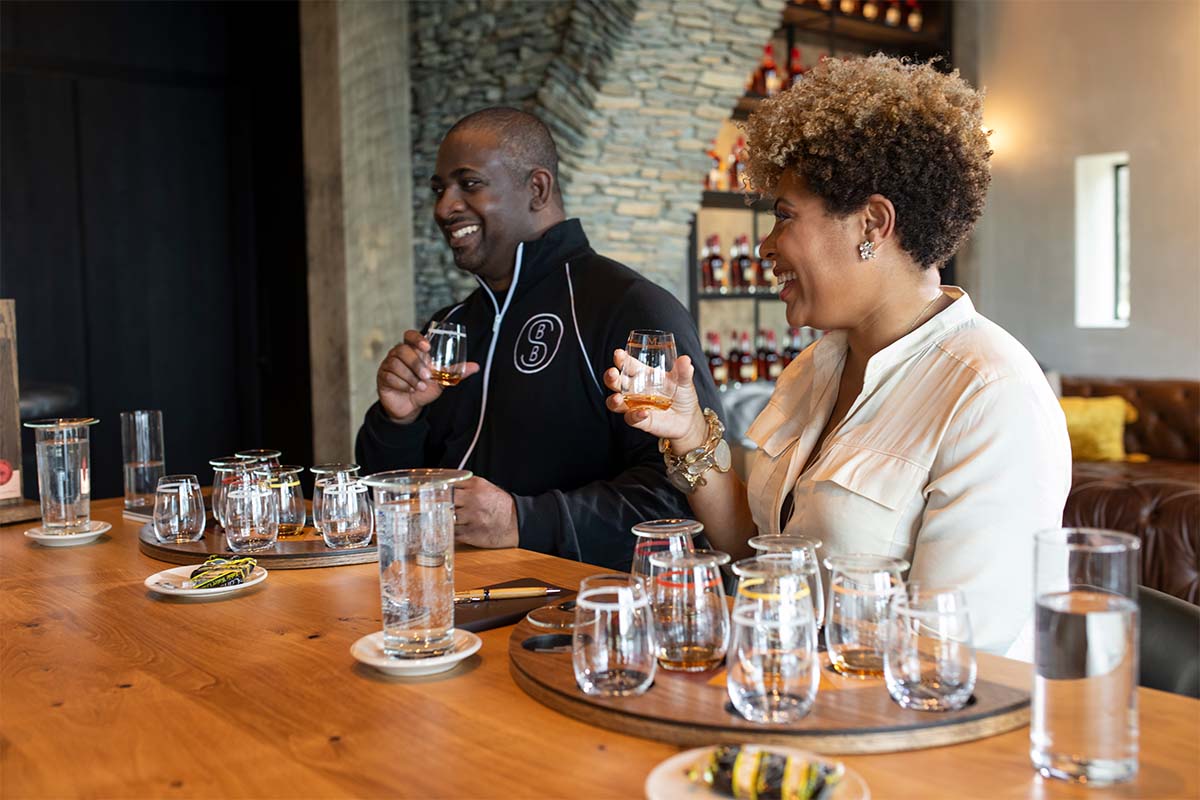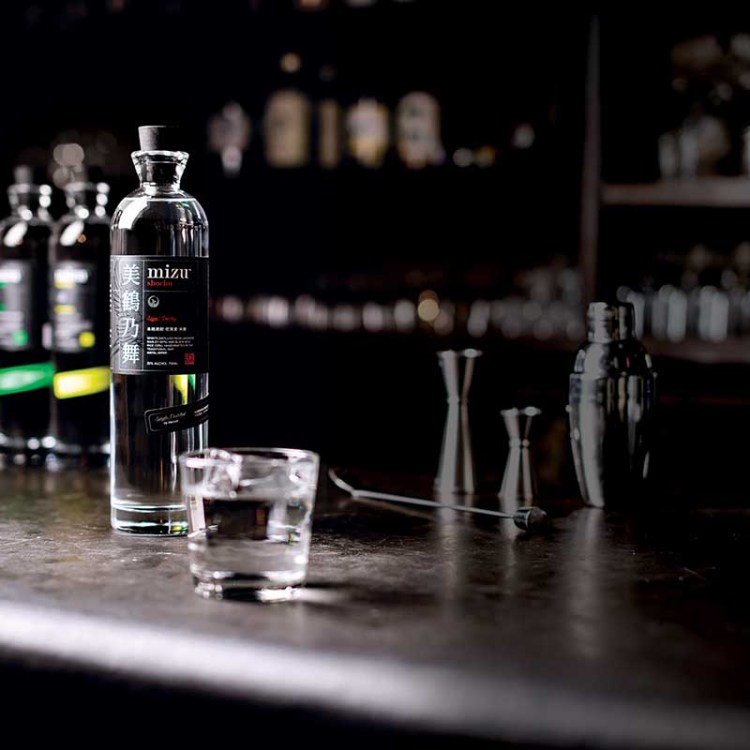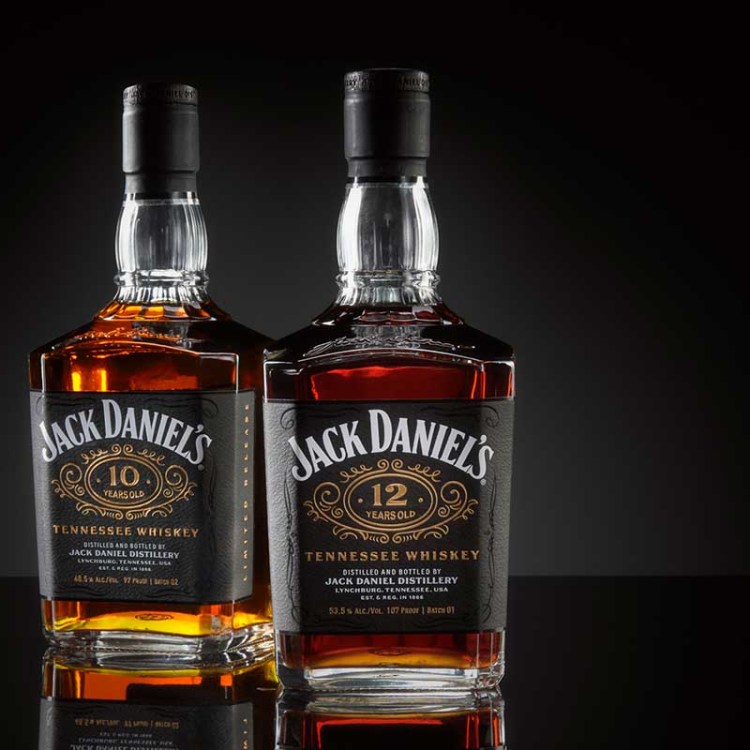Bourbon is a “distinctive product of the United States” and can only be produced within the U.S. borders.
I’ve been to a lot of bourbon tastings over the past few years, and most distilleries throw out the fact that 95% of the bourbon produced in the U.S. is distilled and aged in Kentucky (some saying this with pride, with some non-Kentucky producers touting their seemingly unique origins). But as Tim McKurdy at VinePair notes, this percentage has a rather dubious origin and could very well be wrong considering the growth of craft distilleries all around the country, as well as contract distilling that takes place outside of the Bluegrass State.
Basically, the 95% claim dates back to as early as 2003 or possibly 2009, and doesn’t seem to account for the explosion of new whiskey distilleries around the country (or even the incredible growth within Kentucky). And if that number, which may have been created out of thin air, hasn’t been updated since the fairly recent whiskey boom, it’s doubtful that the arbitrary figure is correct.
As well, both the Kentucky Distillers’ Association (KDA) and the Alcohol and Tobacco Tax and Trade Bureau (TTB) appeared unhelpful to VinePair with providing additional context to the number, nor did anyone explain if 95% meant annual production or sales. And what about whiskey brands in Kentucky who contract/source their juice from places such as Midwest Grain Products of Indiana (MGP)?
Utilizing some Nielsen data from 2020 and the help of Dave Williams of Bump Williams Consulting, McKurdy actually does reach an interesting conclusion: That 95 percent number may be, somehow, close to correct, even accounting for craft distilleries and MGP’s influence.
But even then, with seemingly good numbers in hand, you have to account for Tennessee whiskey like Jack Daniel’s and Dickel. As whiskey expert Chuck Cowdery has noted, JD may not call itself bourbon, but legally, there’s nothing stopping them from saying they are (they simply add an extra step of charcoal filtering). And Jack Daniel’s is the best-selling American whiskey brand in the world, and most of that comes from its core products. Would that sway any numbers?
My thoughts? The KDA should provide some clarity by simply not using the 95 percent number (“the vast majority of” or something). And if Jack Daniel’s and the TTB don’t want to classify Old No. 7 as a bourbon, they shouldn’t.
Anyway, if you do want some bourbon that’s not made (or entirely made) in Kentucky, let us recommend a few standouts:
- Old Elk (Colorado)
- Great Jones Distilling Co. (New York)
- Dickel — yes, they make a bourbon, too (Tennessee)
- Balcones (Texas)
- Smooth Ambler (West Virginia)
Thanks for reading InsideHook. Sign up for our daily newsletter and be in the know.

